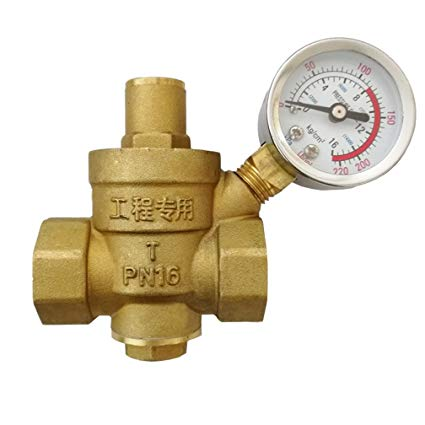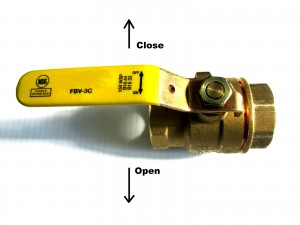How to Reduce Water Pressure in the Home (Expert Guide)
This is the complete guide to reducing your home water pressure. Issues with water pressure can be a nightmare, and will need fixing immediately.
So, if you want to:
- Identify the cause of high water pressure
- Figure out how to reduce water pressure
Or you want to understand why reducing high water pressure is essential, then this is the guide for you.
Let’s get started.
Why is it Important to Reduce Water Pressure?
While some deem high-pressure water as an advantage, it can be costly and may lead to damage to your home and appliances. In the most serious of cases, high water pressure can:
- Damage connection points between pipes, often resulting in burst pipes
- Cause a blow in washing machine hoses leading to home flooding
- Damage taps which often result in faucets needing to be replaced far sooner than expected
- Damage components within a boiler or water heater leading to some very cold winter mornings
And that’s before we consider the electricity and water bills that come with having abnormally high water pressure.
Why Do I Have High Water Pressure?
The key signs to look out for with high water pressure are:
- An excessively strong flow of water from your cold water tap
- Pipes or faucets randomly leaking
- Toilet cisterns over-fill occasionally during the night
Suddenly developing high water pressure is rare. However, when it does happen, it’s usually down to one source:
Your Local Water Supplier
Yes, nine times out of ten, the source of your high water pressure is the local water supplier. This is particularly true if you live in areas with lots of high-rise buildings which need extra pressure to transfer water up multiple stories. It may be worth speaking to your local supplier if you experience a random increase in water pressure.
If your local water supplier is refusing to take responsibility, there is a small possibility that your issues are caused by the following problems.
Geographical Location
It’s also worth keeping in mind that the cause of your high water pressure could simply be geographical. If you’ve just moved to a new area, the water pressure in your new area could be much higher than what you are accustomed to.
Nearby Building Work
Alternatively, it could be because work is being carried out in a nearby area, which has caused air to get into the pipes. When the air gets trapped, it can increase the pressure of the water. This will only be temporary.
How to Reduce Water Pressure
The most important thing you can do to reduce your water pressure is to contact your water supplier. Again, if the water pressure suddenly increased, it’s likely to be something on their end which can be fixed without you having to incur any costs. However, if your water supplier is failing to fix the issue, you can take these immediate steps to bring your pressure to normal levels.
Call Your Local Water Supplier
Should you have any concerns about the water supply to your home, you should contact your water supplier immediately to discuss your concerns. Most high-pressure issues start and end with your local water supplier. If they caused the issue, they should fix it with no added charge.
Install a Pressure Regulator
A pressure regulator is a type of safety valve used to control the pressure in your home’s plumbing system. The regulator is fitted to the main water line entering your home and restricts the pressure to a safe level before it reaches the plumbing fixtures inside your home.
They can vary in shape, size and function, but the most common regulators look like this:
How much will this cost?
Cost - £25
Installation - Contact a plumber/DIY
Cost of Labour - £100
Restrict the Stop Valve
You can reduce the flow entering your home by slowly turning down the external stop tap. The stop tap is a device located on the boundary of your property that can be used to shut off your water supply.
They look like this:
If you are on a water meter, the stop tap will usually be located with your meter and will normally be a brass tap or a square plastic head, which will need to be turned 90-degrees to switch off the water supply. An older meter may have a separate stop tap, which will typically be brass.
How much will this cost?
Cost - Free
Installation - DIY
Cost of Labour - Free
Free Advice
If you’re struggling for advice, ring our dedicated experts on 0800 112 3134 or 0333 577 3134. We’re open Monday to Friday 07:00 - 17:30 and Saturday 08:30 - 12:30.



